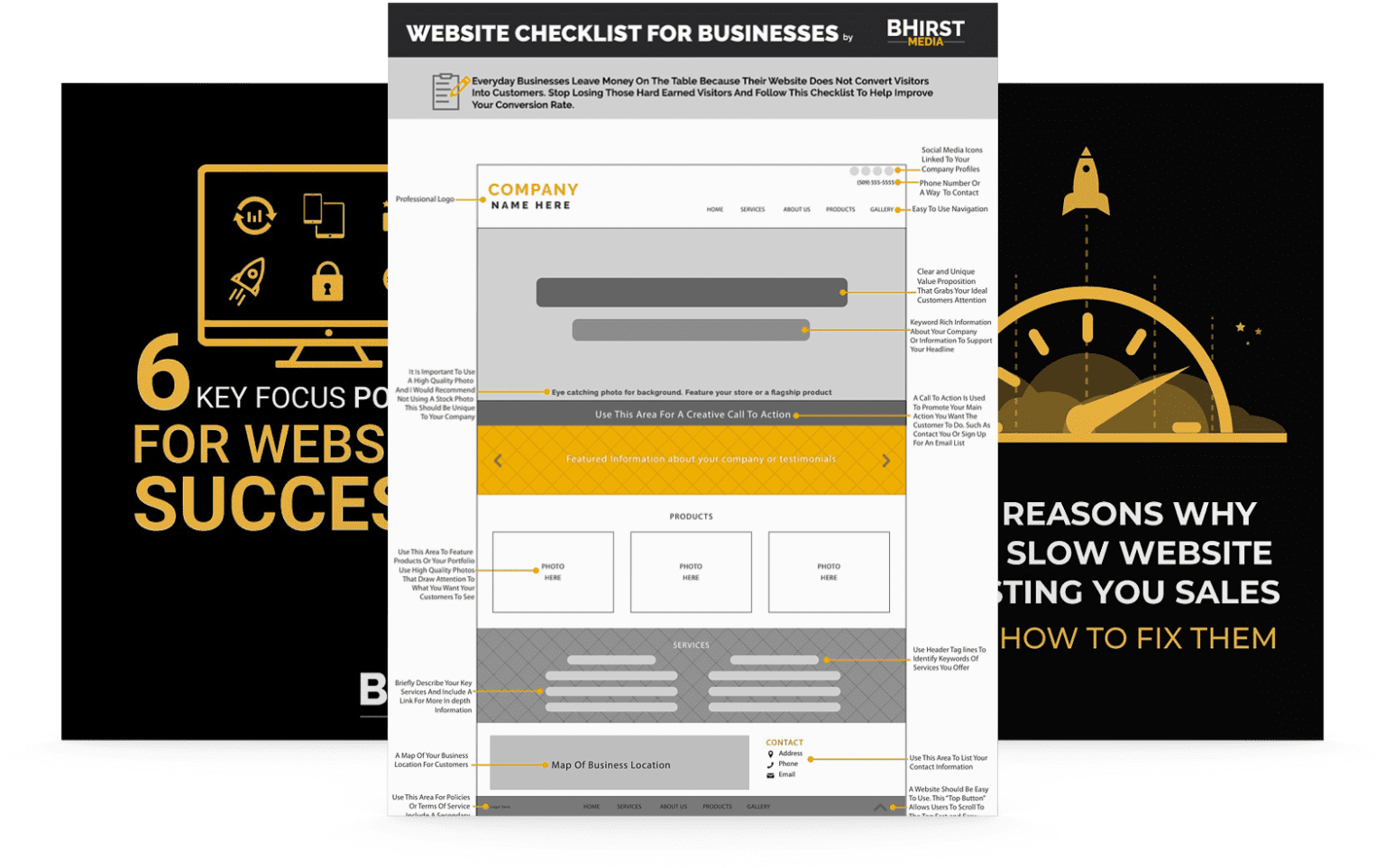
Is your website secretly killing your business? In today’s digital landscape, your website serves as the face of your company, and an outdated design could be silently driving away potential customers. According to recent studies, 94% of first impressions are design-related, and 88% of online consumers are less likely to return to a site after a bad experience. In this comprehensive guide, we’ll explore seven crucial warning signs that indicate it’s time for a website redesign, helping you maintain your competitive edge and maximize your online presence.
In the rapidly evolving digital landscape, keeping your website fresh and current isn’t just about aesthetics—it’s a business imperative. Research shows that businesses should update their websites every 2-3 years to stay competitive and meet changing user expectations. With 75% of a website’s credibility relying on design, an outdated website can significantly impact your business’s success.
The digital world moves at lightning speed, with new technologies and capabilities emerging constantly. Today’s websites need to incorporate advanced features like enhanced security protocols, faster loading times, and improved user tracking capabilities. These technological improvements aren’t just nice-to-have features—they’re essential for maintaining a competitive edge in your industry.
Modern consumers have increasingly sophisticated expectations for their online experiences. Recent data indicates that 74% of users are more likely to return to mobile-friendly websites, and 79% of people expect easy-to-use, intuitive navigation. As customer expectations continue to evolve, your website needs to keep pace with these changing demands to remain relevant and effective.
One of the most telling indicators that your website needs a refresh is a steady decline in user engagement metrics. When visitors land on your site but quickly leave without taking action, it’s a clear sign that something isn’t resonating. Studies show that websites with optimized designs see up to 200% higher conversion rates compared to outdated ones. Monitor your analytics for decreasing time on site, rising bounce rates, and falling conversion rates—these metrics are your website’s way of crying out for help.
With mobile traffic now constituting nearly 65% of all website visits, a subpar mobile experience is simply unacceptable. Data reveals that 57% of users won’t recommend a business with a poorly designed mobile site, and mobile-optimized websites see 64% more conversions than their non-optimized counterparts. If your site isn’t providing a seamless mobile experience, you’re likely losing a significant portion of potential customers.
Speed is more critical than ever in today’s fast-paced digital world. Recent studies show that 47% of consumers expect web pages to load in 2 seconds or less, and a mere 3-second delay can result in a 38% bounce rate. Even more concerning, slow-loading websites cost retailers approximately $2.6 billion in lost sales annually. If your website is taking too long to load, it’s not just frustrating users—it’s actively harming your bottom line.

When your website content doesn’t reflect your current offerings, team members, or company achievements, it sends a concerning message to potential customers. Research indicates that 94% of negative website feedback is design-related, and outdated content can severely damage your credibility. Your website should be a living, breathing representation of your business, not a digital time capsule from years past.
Navigation issues can frustrate visitors and lead to lost opportunities. Studies show that 50% of users rely on the navigation menu to orient themselves on a website, and 60% will leave a site that’s difficult to navigate. If your visitors struggle to find what they’re looking for, it’s time to reconsider your website’s structure and user flow.
Modern websites need to do more than just look good—they need to perform well too. With 90% of websites now incorporating responsive design and interactive elements, static websites appear outdated and unprofessional. Features like chatbots, personalized content, and interactive elements aren’t just trendy additions—they’re expected functionalities that can increase user engagement by up to 30%.
If your website isn’t appearing in search results, its design could be to blame. Google now prioritizes mobile-friendly, fast-loading websites with clean code and structured layouts. An outdated website design can significantly impact your search engine rankings, leading to decreased visibility and lost opportunities.
Recognizing these warning signs is just the first step. To remain competitive, you need to take action. Start by conducting a comprehensive website audit to identify specific areas needing improvement. Consider working with professional designers who understand current trends and best practices. Remember that investing in your website’s design isn’t just about aesthetics—it’s about creating a powerful business tool that drives growth and success.
Industry experts recommend a significant website refresh every 2-3 years, with minor updates and content refreshes performed regularly throughout the year.
Focus on mobile responsiveness, loading speed, navigation structure, and content relevancy. These elements directly impact user experience and conversion rates.
Website redesign costs can range from $1,000 to $100,000, depending on your site’s complexity and specific needs. Consider it an investment in your business’s digital future.
When done correctly, a redesign should improve your SEO rankings by enhancing user experience, mobile-friendliness, and loading speeds—all factors that search engines value.
